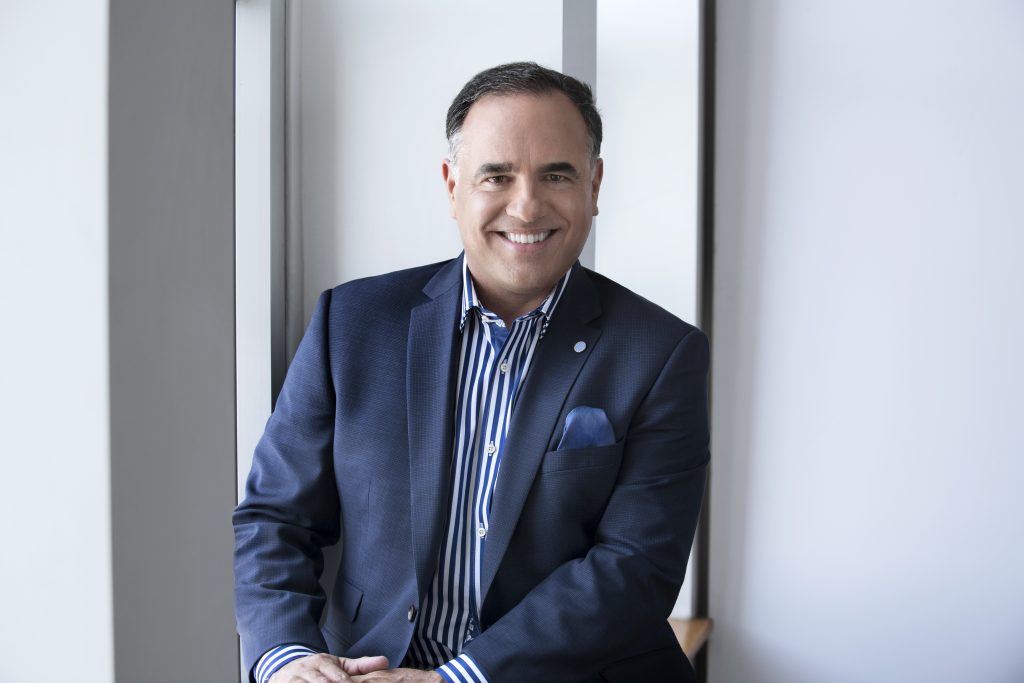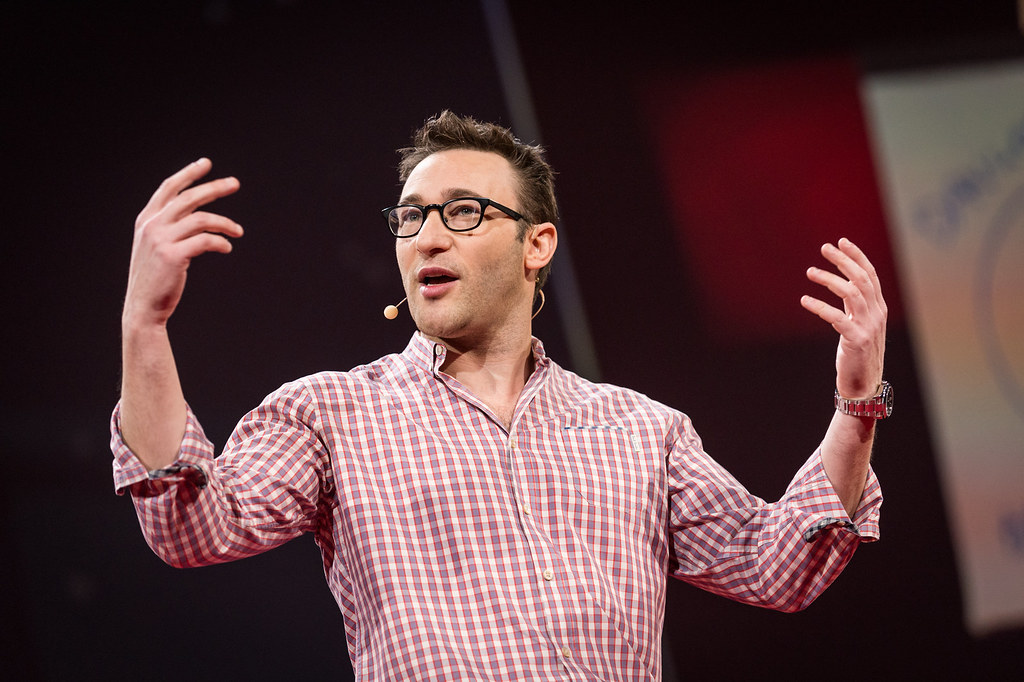Since the onset of the telework pandemic, work organization experts have repeated ad nauseam the importance of communication; they have asked managers to communicate more often with their teams, to multiply the points of contact, to open the channels, to clear up misunderstandings. Two years later, could it be that we have entered an era of virtual “hyper-communication”, which creates its own problems?
That’s the question posed by certified trainer Mario Côté, CHRP, in a recent publication on the HR Factor site, on June 1.
Many teams have increased the number of virtual meetings when they have moved to telecommuting. There’s nothing necessarily wrong with that while you’re reorganizing, but is it really necessary in the long run? Interruptions between colleagues, via multiple channels, to clarify things have also proven to be much more frequent. In the medium term, however, do we want to continue to multiply communication channels and interruptions that are supposedly collaborative but so damaging to individual effectiveness?
The answer is clearly no. In order to better understand the damage caused by communication that is done “indiscriminately”, Mario Côté was inspired by the research of the Glensler Research Institute.
Glensler Research Institute proposes an interesting model aimed at creating appropriate time for each dimension of so-called distributed teamwork.”
A few years ago, well before the pandemic, the Institute looked at the impact of open-plan offices – then increasingly common – on worker focus. It turns out that working in an open space has a lot in common with telecommuting, which is done in “hypercollaboration”. All the time disturbed, a worker loses productivity.
Work organization strategies that sacrifice individual concentration to pursue greater collaboration will result in a decrease in efficiency on both levels,” the researchers concluded.
Mario Côté takes the findings of the research institute and applies them to the reality of telecommuting.
The model puts into perspective moments of intense concentration on certain tasks and moments of lesser intensity allowing for breaks or spontaneous collaboration. It also adds the necessary dimensions of time for self versus time required for the team.”
Time for each work mode
The idea is to make time for each type of work. Let’s take a closer look at the six work modes identified by the Glensler Research Institute.
First, there is “focus” (where we cut off communication to concentrate on a complex problem), “deep collaboration” (where we brainstorm as a team on a well-defined problem) and “regular collaboration” (where we question and answer each other in an iterative, asynchronous mode as problems arise). In addition, there is a “light collaboration” mode, where spontaneous conversations take place between colleagues:
One manager told me that she had set up a virtual doorway in her agenda, every two weeks on a Thursday morning, to allow her team members, whether they were present or remote, to have quality time to discuss a particular issue with her,” says Mario Côté. It’s important to remember that these times help build trust by strengthening the bonds between team members and promoting socialization among everyone.
Next, a balanced work schedule will include two time slots needed to grow and recharge professionally: time to learn and time to disconnect.
The world of work is changing rapidly,” explains CHRP. Everyone’s skills must also constantly evolve. Citrin & Derosa (2021) suggest that each team devote at least four meetings annually to collective development. It’s interesting to see that Glensler Research Institute has placed learning at the heart of their model as well.”
As many prepare to go on vacation, it is pertinent to remember this valuable phase of collaboration, which is disconnection.
We need periods of rest,” says Mario Côté. This also implies a temporary unavailability to others to recharge our batteries: taking time to stop for lunch, getting out of the house, teleworking, to go for a walk in the middle of the afternoon between two meetings, disconnecting from all means of communication in the evening. Take a real vacation… “
Let’s wish ourselves to really cut off communications, and fully recharge our batteries during the vacations!




